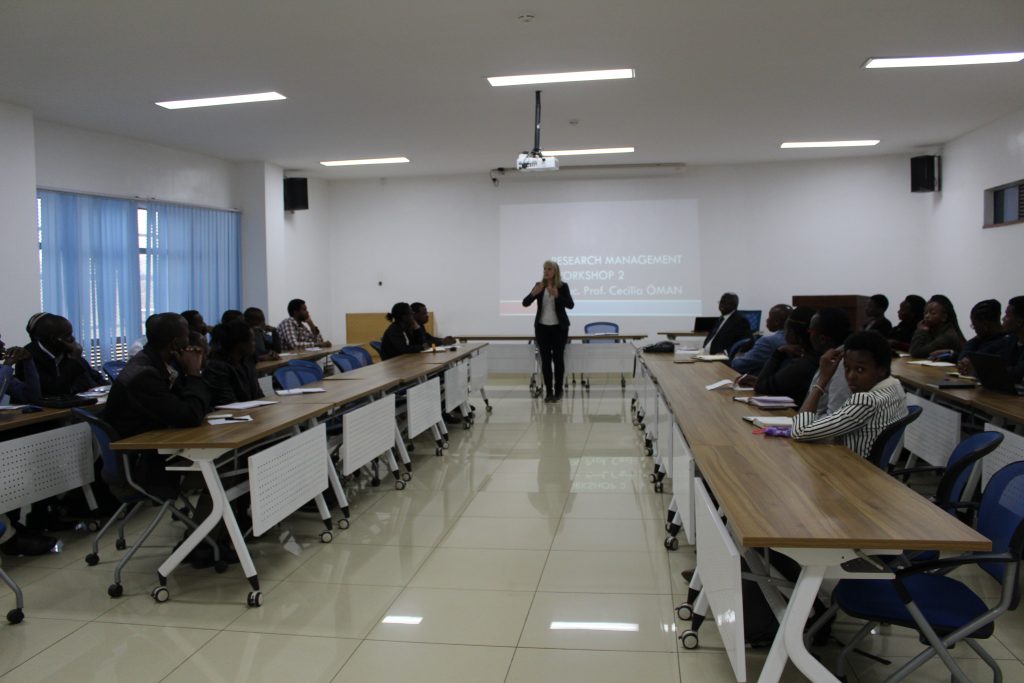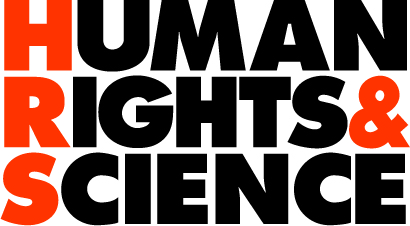SciEntific capacity strengthening (REACH)
through research management strategies
Coaching for Scientific capacity strengthening
HR&S has successfully developed a management strategy for scientific capacity strengthening that we offer training and coaching on.

INASP & Author Aid
About
Partnership
